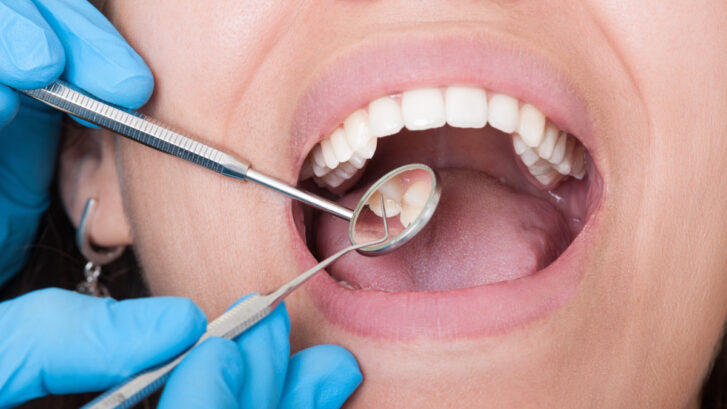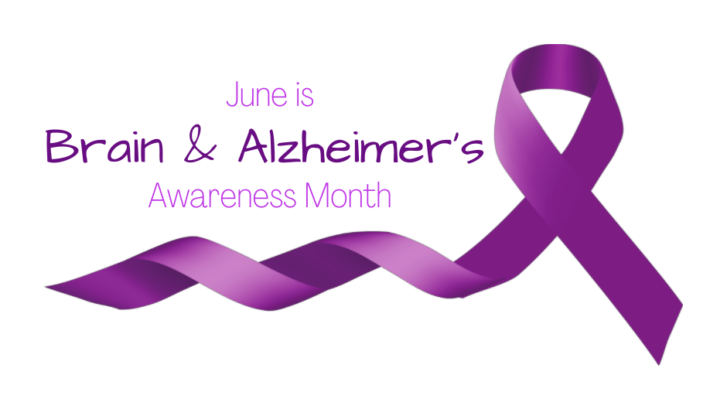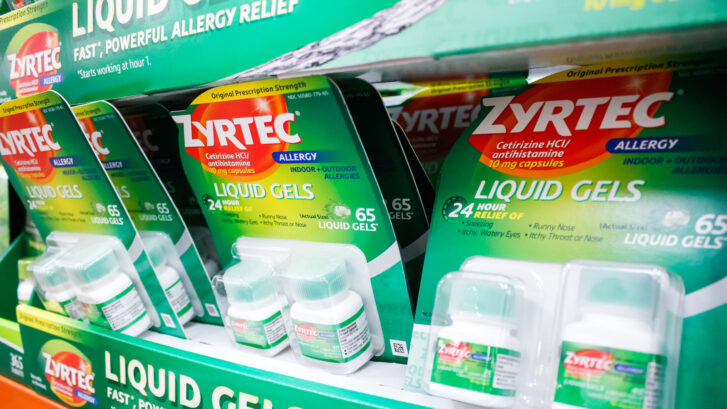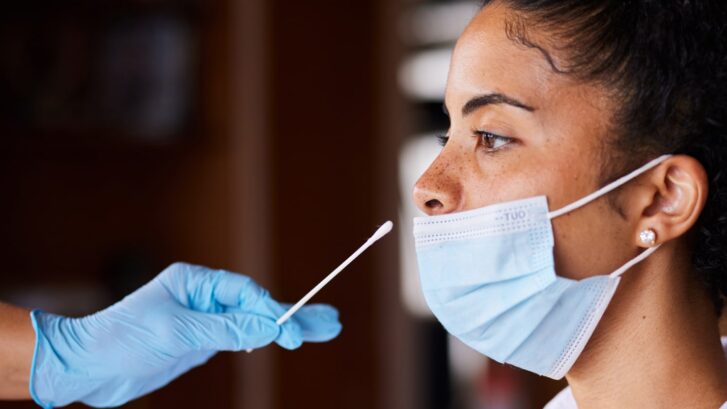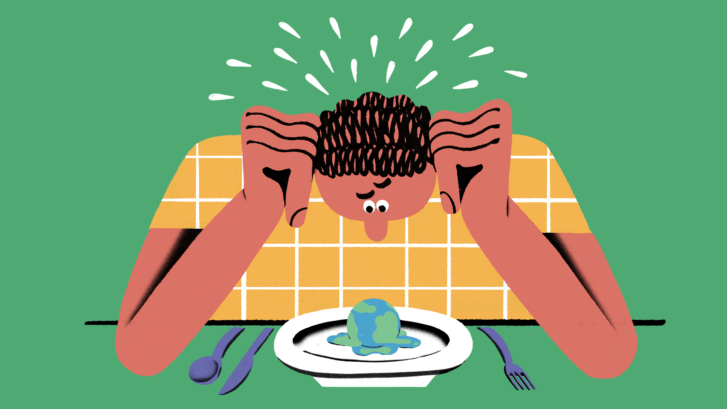Dental Hygiene and Overall Health: Why it Matters
As a team of dedicated primary care providers in Jupiter, we’re committed to the comprehensive health and well-being of our patients. While we focus on numerous aspects of health care, one area that often gets overlooked is dental hygiene. However, dental health is not an isolated facet of your well-being; it’s intrinsically linked to your overall health. Today, we want to emphasize the importance of dental hygiene and how maintaining it can contribute to a healthier you.
The Mouth: A Window to Your Health
Your mouth is a gateway to the rest of your body. What’s happening in your mouth often mirrors your overall health condition. Oral health and systemic health are not separate entities; they are two sides of the same coin. A healthy mouth can help you ward off medical disorders, while an unhealthy mouth, particularly if you have gum disease, may increase your risk of severe health problems like heart attack and stroke.
The Connection Between Oral Health and Systemic Diseases
Numerous studies have linked oral health issues like gum disease to an array of health problems, including cardiovascular diseases, diabetes, respiratory issues, and even certain types of cancer. Researchers suggest that inflammation in the mouth can release harmful bacteria into the bloodstream, leading to other systemic health issues.
For instance, gum disease (periodontitis) has been linked with cardiovascular diseases. The harmful bacteria can travel through the bloodstream, triggering inflammation, and contributing to the formation of arterial plaque, leading to heart disease.
Similarly, periodontitis can make it difficult for people with diabetes to control their blood sugar, creating a vicious cycle of deteriorating oral and general health.
Why Regular Dental Care is Crucial
As primary care providers, we place a high value on prevention, early detection, and timely treatment, the principles that also apply to dental care. Regular dental check-ups allow for early detection of oral health issues, which can prevent them from escalating into more serious systemic health problems.
Moreover, your dentist can also spot early signs of nutritional deficiencies, general infections, and even more severe systemic diseases during a routine oral examination.
Concierge Medicine and Coordinated Care
One of the significant advantages of concierge medicine is our ability to provide coordinated, comprehensive care. In our practice, we understand the crucial link between oral health and overall well-being. As a result, we include dental health advice as part of our preventive health strategies and remind our patients about the importance of regular dental check-ups.
Our personalized and attentive approach allows us to work closely with our patients, guiding them on all aspects of their health, including dental hygiene. As your primary care providers, we make sure your healthcare journey is well-coordinated, encompassing every facet of your health.
Your Health, Your Responsibility
While we are here to provide you with the best possible healthcare, maintaining good oral hygiene starts at home. Simple habits like brushing twice a day with fluoride toothpaste, flossing daily, eating a healthy diet, and avoiding tobacco can make a big difference in keeping your mouth healthy.
In conclusion, oral health plays a significant role in maintaining your overall health. At MD2.0 in Jupiter, we believe in a holistic approach to your well-being, and dental hygiene forms a crucial part of it. Remember, a healthy smile is just one more reason to smile about your health!
[Note: Always consult with your healthcare provider or your dentist for all health-related advice and information.]
Keep smiling, stay healthy!

